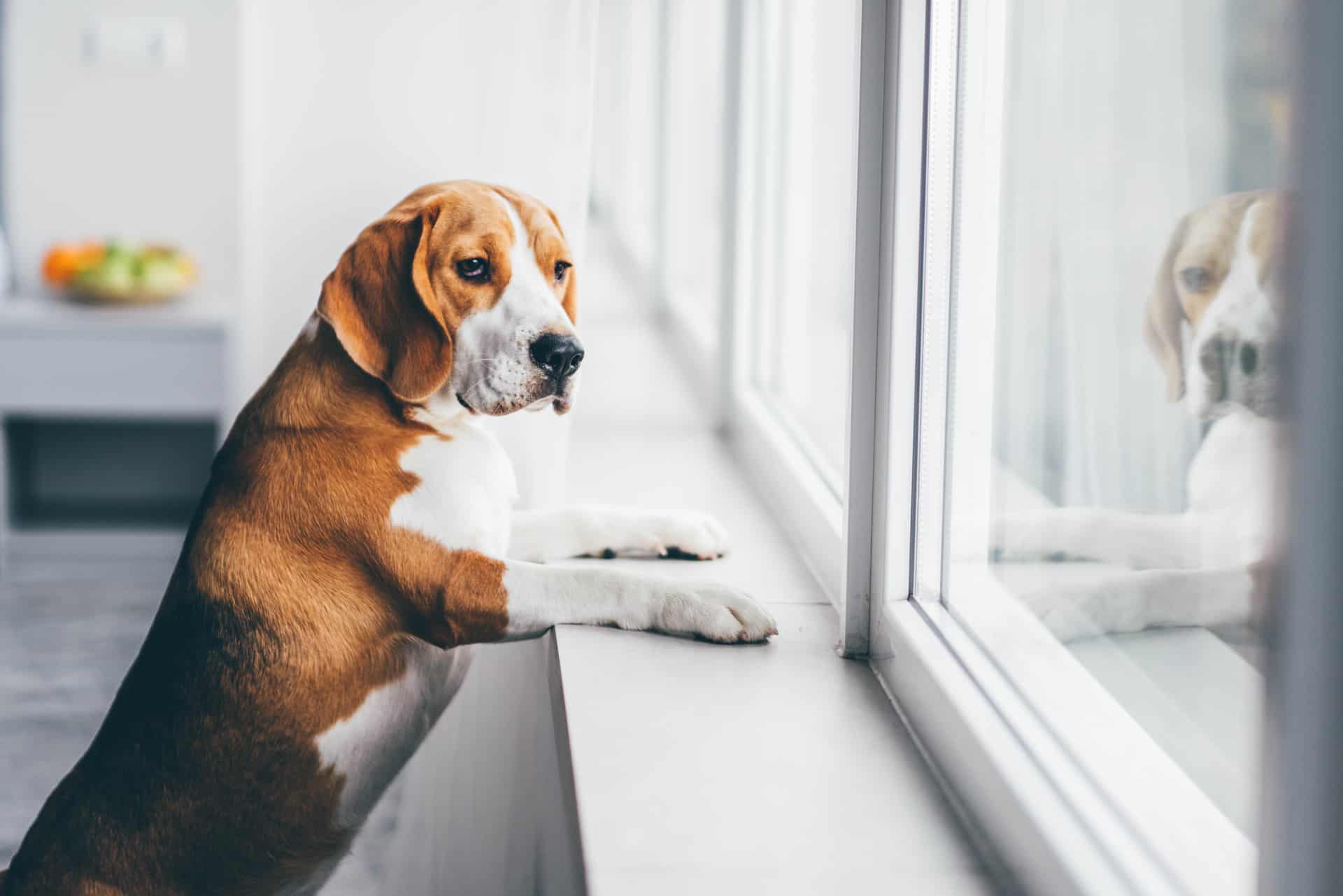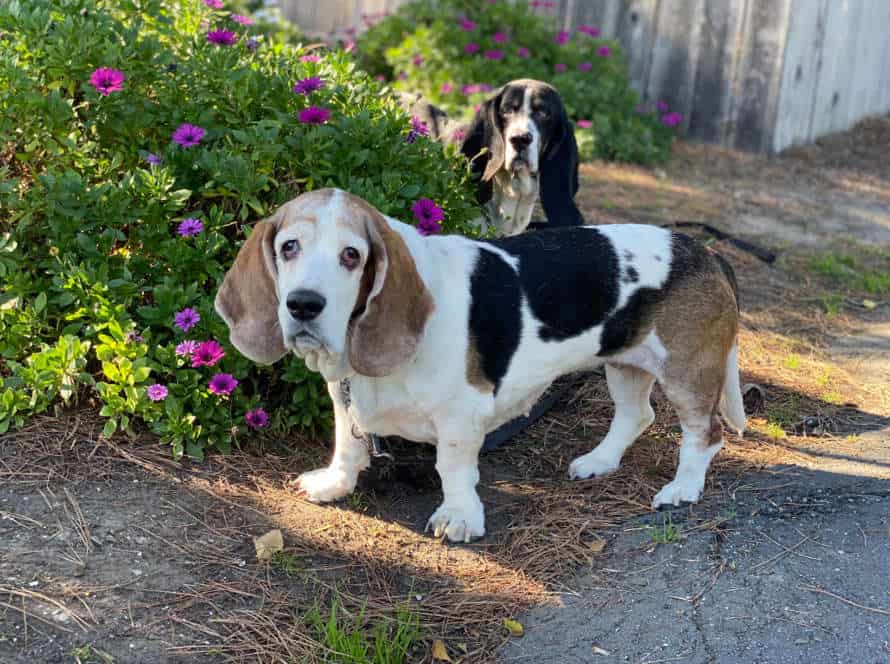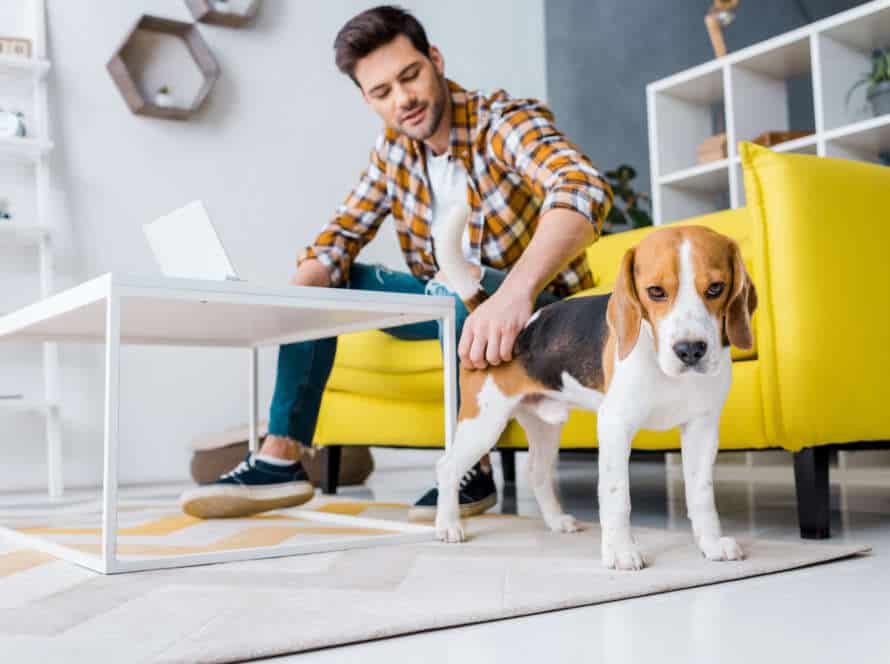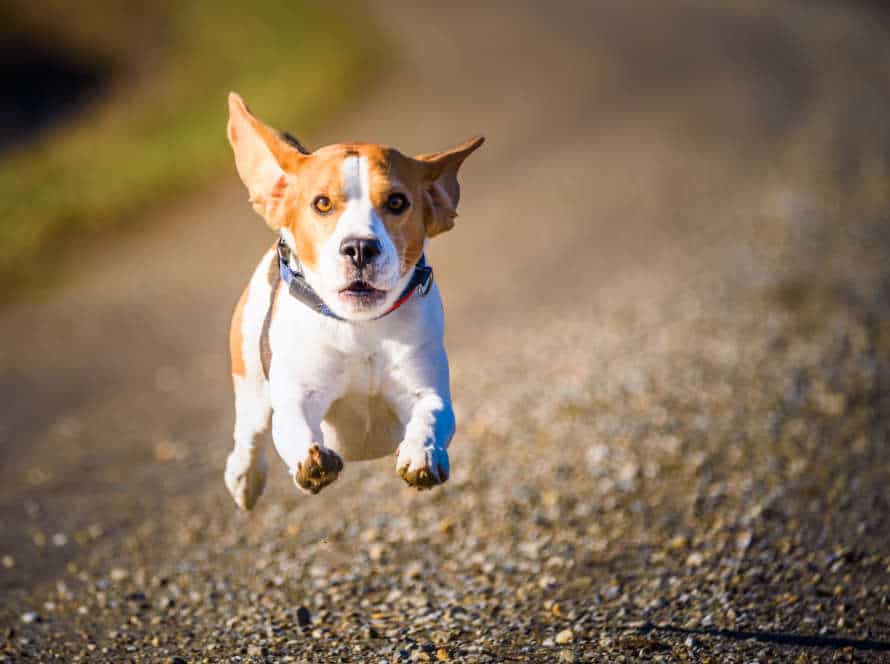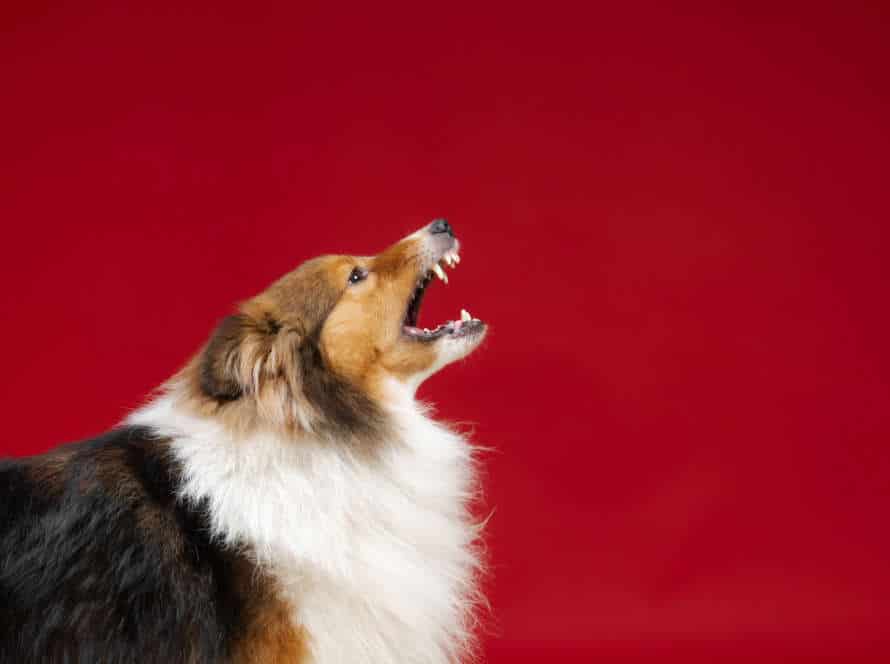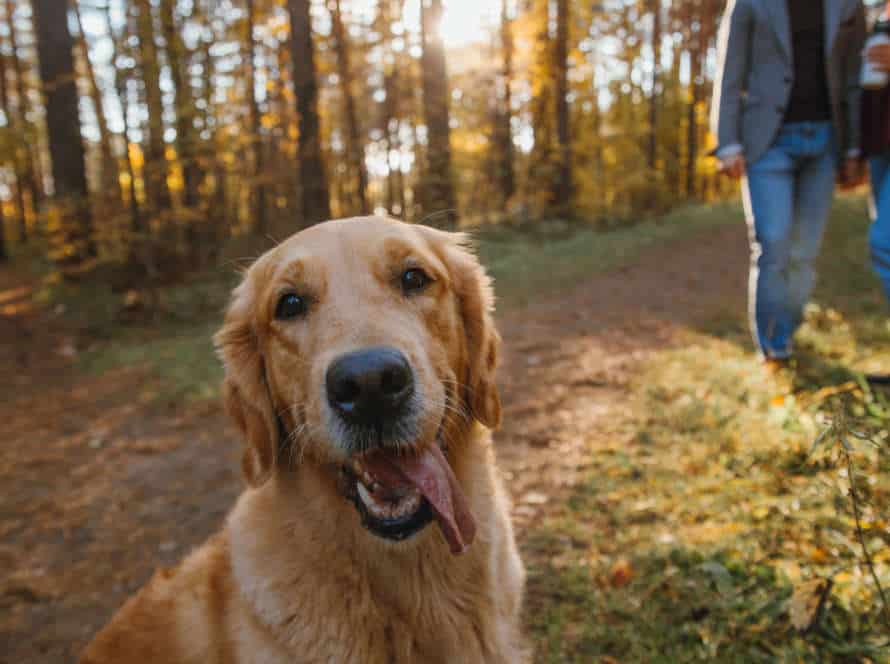How to Handle Separation Anxiety During Travel
Separation anxiety when travelling is common. It can be stressful for you and your pet. Here are some tips to help manage it:
- Start leaving your pet alone for short periods before you go.
- Create a safe, comfy place, like a crate or area in your home.
- Leave familiar items, like their favourite toys and blankets.
- Hire a pet sitter or take them to a trusted boarding facility.
- Try and maintain their daily routine, e.g. feeding and exercise.
- Pro tip: Consult your vet before travelling with your pet, to make sure they’re healthy and have the right vaccinations.
Understanding Separation Anxiety in dogs
Separation anxiety is common in dogs. It’s when they are distressed and agitated when away from their owners. Pups with separation anxiety may show signs such as pacing, barking, chewing and digging. Travelling with a pup with these feelings can be hard to manage. Let’s look into what causes separation anxiety in dogs. That way, we can learn how to manage it better.
What causes separation anxiety?
Separation anxiety is a disorder in which canines become distressed or anxious when separated from their owners or left alone.
Here are some common causes:
- Lack of socialization. Dogs not exposed to different people or atmospheres may get anxious when away from their owners.
- History of abandonment/rehoming. Canines that have been abandoned or rehomed before may develop separation anxiety due to being abandoned again.
- Changes in routine. Dogs that usually have a routine may become anxious when it’s disrupted.
- Over-attachment. Dogs clingy to their owners may get anxious when apart.
It can be challenging to manage, but with the proper training and support, the symptoms can be reduced and your dog will feel more content when alone. Tip: Speak to a vet or animal behaviorist if you think your pet is suffering from this issue.
Symptoms of separation anxiety in dogs
Separation anxiety is a common issue in dogs. It may cause various signs, such as:
- Destructive behavior
- Excessive barking and howling
- Urinating or defecating indoors
- Pacing or restlessness
- Excessive drooling, panting and trembling
- Loss of appetite
- Attempting to escape the crate or confinement area
Traveling can make the condition worse. If your dog is showing symptoms of separation anxiety, it’s best to get help from a professional trainer or vet. Training exercises, medication, and changes in the dog’s routine and environment can help manage and reduce the problem.
Separation anxiety vs. isolation distress
Separation anxiety in dogs is unlike isolation distress. Both can occur when a pup is separated from their owner.
Separation anxiety is a behavioral disorder with symptoms like destruction, excessive barking and trying to escape. This can be managed with behavior modification and sometimes, medicine.
Isolation distress is normal when apart from the social group. It shows in whining, whimpering and mild agitation. Creating a comfy environment and familiar items can help.
When travelling with your pet, it’s important to recognize the type of separation-related behavior. Get advice from a qualified animal behaviorist or vet if you think your dog has separation anxiety or isolation distress. They can recommend medications if need be.
Preparing Your Dog for Travel
Travelling with your pup? Make sure they’re ready! Prep starts before you two hit the road. Secure your car, and help your pup learn some chill-out techniques. These simple steps will guarantee a safe and stress-free journey for both you and your furry friend!
Extensive socialization before travel
Before you travel with your dog, socialization is key! Here are some tips to get ready:
- Introduce your pup to different places. Like busy streets, parks, and other public areas.
- Train basic commands like: sit, stay, and come.
- Start with short times apart and then gradually increase the duration.
- Take your pup on car rides. This will help them adapt to traveling and stop motion sickness.
- Use calming techniques such as positive reinforcement, music, or aromatherapy.
- And lastly, remember to be patient and adjust your training plan to fit your pup’s individual needs.
Consider crate training
If you’re traveling with your pup who has separation anxiety, crate training is a great way to prepare them and reduce their anxiousness. Here’s how to get started!
- Pick the perfect size crate for your pooch. It should be big enough so they can stand, sit, lie down, and turn around without any discomfort.
- Gently introduce the crate to your dog by letting them sniff and explore it. Reward them with treats and praise when they voluntarily enter it.
- Start with short periods of crate training and gradually increase the duration. Do not force your pup inside the crate – this will only make them anxious.
Crate training will give your dog a secure feeling during travel and help reduce their separation anxiety. They’ll be more comfortable with the journey!
Leave familiar items for comfort
It’s essential to take familiar items if you’re travelling with your pup. Especially if they have separation anxiety. Here are a few things to bring:
- Blankets – Find a familiar one for them to rest on during travel.
- Toys – Their fave ones to keep them amused.
- Treats – To keep them distracted and happy.
- Your scent – Leave something with your scent on it for extra comfort.
By providing the familiar, your pup will feel secure and happy, even away from home.
Helping Your Dog During Transit
Do you have a pet that gets separation anxiety when you travel? It can be tough to leave your pup, but there are a few things you can do to help. Here’s the scoop:
- Get your pet used to being away from you – start with short trips and then gradually build up.
- Leave them an interactive toy to keep them occupied.
- Consider providing them with a comforting item like a blanket or stuffed animal.
- Make sure they get plenty of exercise before you leave, so they’re tired and ready for a nap.
- Give your pup lots of love and affection before you go.
With a little bit of preparation, your pup can stay calm and happy during transit.
Short Pre-travel Walk and potty break
Before travel, take your pup for a 10-15 minute stroll. This will help them to feel more calm and reduce any pent-up energy. Let them have a potty break before getting in the car or plane. Provide your pup with lots of water before and during the journey, to avoid dehydration. Bring along their favorite toys or blanket, for a sense of comfort and familiarity. If your pup gets very anxious during travel, consult your vet about possible meds or natural remedies to soothe them.
Use of Natural Supplements
Natural supplements can help reduce anxiety in dogs during travel and being away from owners. These include:
- CBD oil – calming properties, reduces stress and anxiety.
- Chamomile – tea or supplements promote relaxation.
- Valerian – soothes dogs, helps them sleep.
- L-theanine – an amino acid, decreases anxiety, promotes relaxation.
Remember to talk to your vet about the right dose and how to administer these supplements – could interact with other meds.
Pro tip – try giving familiar items like a favorite toy or blanket to give comfort and reduce stress.
Noise and scent therapy
Consider noise and scent therapy to help your pup cope with separation anxiety during transit.
- Play calming music or ambient sounds to relax them.
- White noise or a human heartbeat can help too.
- Essential oils or calming sprays with lavender or chamomile can be used.
- Let them have their favorite blanket or toy for familiarity and comfort.
- Crate training, positive reinforcement and exercise can also help.
Provide a calm and supportive environment for your dog to feel more secure.
Managing Separation Anxiety during your holiday
Do you suffer from separation anxiety while travelling? If so, you’re not alone! Many people, especially if it’s their first time away from home, can feel overwhelmed. Fear and worry can take over. But don’t worry – there are strategies to help you manage your feelings of separation anxiety and make your holiday more enjoyable. In this article, we’ll discuss how to manage your separation anxiety while travelling.
Avoid sudden changes to your routine
Managing separation anxiety during travel calls for avoiding sudden changes to your pet’s routine. Tips to help maintain a consistent routine:
- Follow the usual feeding and exercise schedule, during the trip.
- Bring the things your pet is used to, like their bedding, toys and other items with a familiar smell.
- If you can, leave them with someone they know, or board them in a place they trust.
- Introduce them to a carrier or crate in advance, to avoid extra stress.
By keeping the routine steady, you can help ease their separation anxiety and make the transition smoother when you leave and come back from your travels.
Take frequent breaks during your travels
Travelling with a pet can be tricky. Especially if they suffer from separation anxiety. Taking regular breaks during your journey is key to easing their anxiety. Here’s what you can do:
- Plan for stops. Work out how many times you’ll stop, so you and your pet can stretch your legs.
- Bring home comforts. Bring something that smells of home, like a blanket or toy. It’ll help your pet feel secure.
- Prepare your vehicle. Make sure it’s safe and comfortable. Bring food/water bowls, and a carrier if needed.
- Be patient. Your pet may need time to adjust. Show them plenty of love and reassurance.
By taking regular breaks, and making your pet feel secure, you’ll make the journey a positive experience for both of you.
Give your dog enough time to adjust to the new environment
Giving your pup time to adjust to a new environment is key to ease separation anxiety during travel. Here are some tips to help them:
- Bring stuff that smells like home: Beds, toys and blankets can provide a sense of familiarity.
- Take a walk: Show your pup the sights, sounds, and smells of the new place.
- Increase alone time gradually: Start with short periods of time apart and slowly increase duration.
- Create a safe space: Set up a crate or a room for them to retreat to when anxious.
By giving your pup time to adjust, you can help them handle separation anxiety better and have a pleasant travel experience.
Treating Separation Anxiety on the long-term
Separation Anxiety can be hard and nerve-wracking. It can be especially tough when it comes to travel. But, with the proper tools and techniques, you can lessen the stress of being apart. Here, we will discuss the long-term treatment for separation anxiety. Strategies that can make travel easier.
Training with positive reinforcement
Positive reinforcement is a great way to help dogs with separation anxiety. Instead of punishing bad behavior, reward desired behavior. Here’s how:
- Leave your pup alone for short stints and give a treat when they stay calm.
- Slowly increase the time you’re away and reward them each time they stay relaxed.
- Mix up the treats to keep your pup interested.
- Provide interactive toys and puzzles to keep them busy.
- Make sure your pup has access to food, water, and a comfy spot to rest.
- Be patient and consistent when training. With positive reinforcement and time, your pup will learn to be comfortable and secure when you’re away.
- Adapt the process to your pup’s needs.
Obedience Training
Obedience training is a great way to manage separation anxiety in your pooch! Here are some tips on how to handle it, especially while travelling.
- Start small: Begin with short periods apart and then gradually increase it.
- Leave clues: Leave behind something familiar like a toy or treat.
- Exercise: Give your doggo a workout before you leave – this will help them relax.
- Crate training: This is an effective way to give them a secure space when you’re away.
- Desensitization: Train your pup to get used to your leaving routine, by coming and going at random times.
- Seek help: If the anxiety persists, consider talking to a certified dog trainer or animal behaviourist.
Pro Tip: Consistency and positive reinforcement are the keys to treating separation anxiety!
Doggy daycare and dog walkers
Separation anxiety is common in pups, especially when their owners are away for long. Get a dog walker or take your pooch to daycare and their anxiety can be reduced in time.
Dog walkers can help your pet release extra energy and give them positive social contact, decreasing anxiety and bad behaviour. This is great for those dogs not suited to group daycare.
Daycare gives your pup a safe and supervised place to play, mingle, and get attention when you’re gone. It’s ideal for those that love other doggies and people.
Before picking one, assess your dog’s personality and behaviour. That way, you can be sure your furry mate is receiving the best care.
Frequently Asked Questions
Q: What is separation anxiety?
A: Separation anxiety is a condition where a person experiences excessive fear or anxiety about being separated from people or places that they feel attached to.
Q: How does separation anxiety affect travel?
A: When traveling, separation anxiety can make it difficult for people to enjoy their trip as they worry about leaving loved ones or pets behind. They may also feel anxious about being away from their home or familiar surroundings.
Q: What are some ways to handle separation anxiety during travel?
A: Some ways to handle separation anxiety during travel include staying in touch with loved ones through phone calls or video chats, bringing along familiar items like a favorite pillow or blanket, and practicing relaxation techniques like deep breathing or meditation.
Q: Can medication help with separation anxiety during travel?
A: In some cases, medication may be prescribed to help manage separation anxiety during travel. It’s important to talk to a healthcare professional about the best options for each individual’s situation.
Q: How long does it take to overcome separation anxiety during travel?
A: The amount of time it takes to overcome separation anxiety during travel varies from person to person. With the right strategies and support, many people are able to manage their anxiety and enjoy their trip.
Q: What if I can’t overcome my separation anxiety during travel?
A: If separation anxiety is significantly impacting your ability to travel, it’s important to seek help from a mental health professional. They can work with you to develop a treatment plan that may include therapy, medication, or both.

